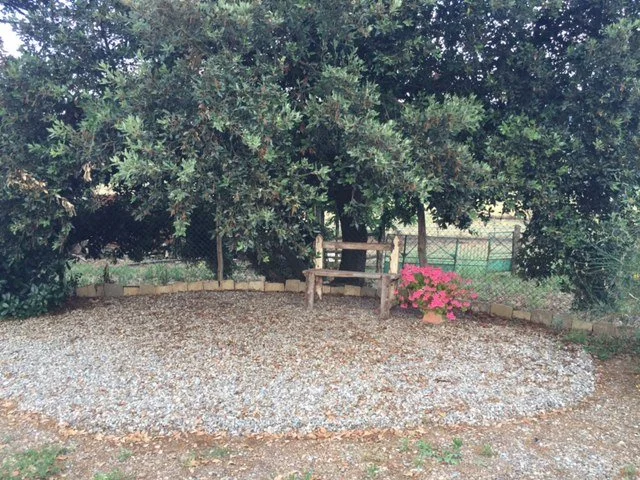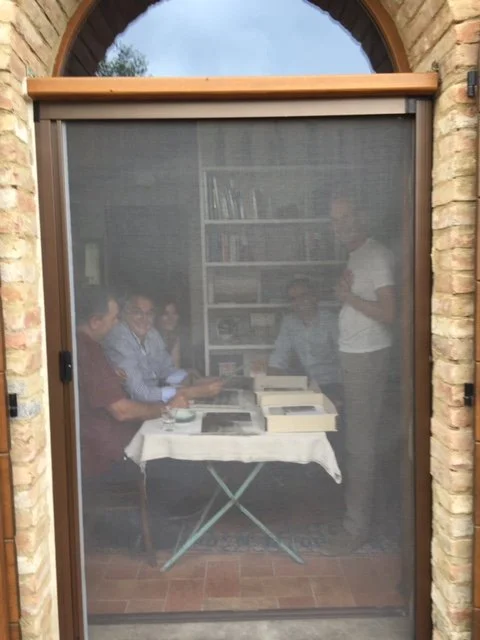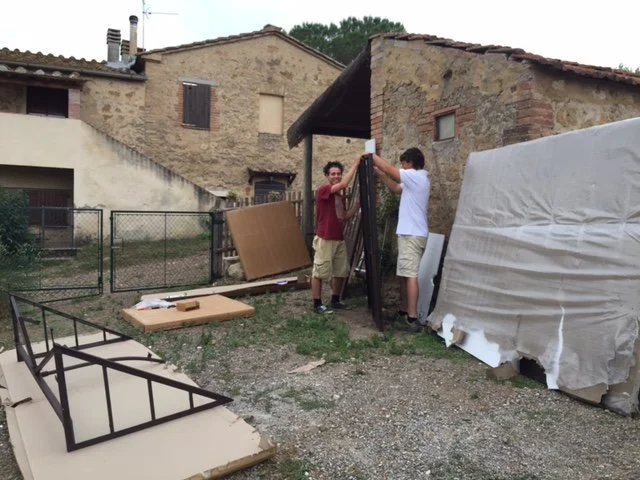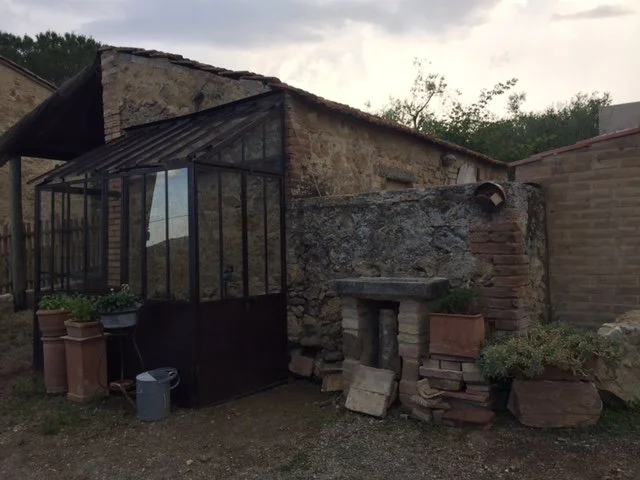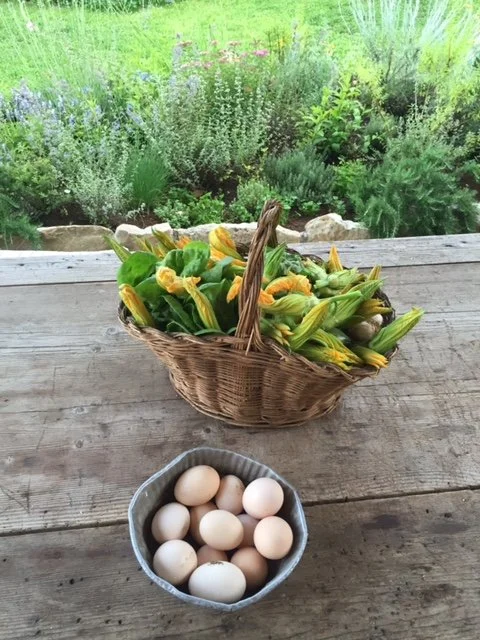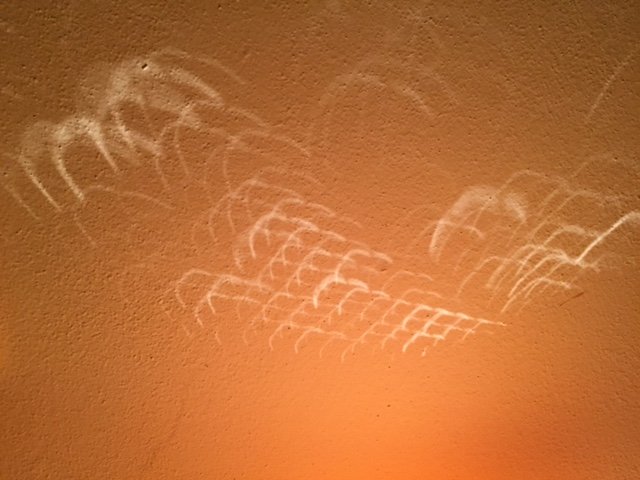THE GREENHOUSE EFFECT
As a white, middle-class woman, well married to a successful man, living on a genuine farm in glorious Tuscany, I feel immediate guilt and a certain measure of shame when I hear myself complain about some sucky thing ruining my lucky life. How dare I suffer over such a triviality as failing to gain public recognition when women are being publicly stoned for being raped? But the painful truth is that when I am suffering I don’t give a fig about, or a though to those suffering pain beyond compare. No, I wail, ‘why me?’ Like a child I cry, ‘why can’t I have what I want?’ But what I’m really asking now is why the fuck can’t I get over myself? Why, in spite of saying I won’t take it anymore do I keep putting myself in the way of rejection?
I think the answer is multi-faceted, and I think it behooves us all to understand and have mercy for the fact that the places in which we were historically wounded are easily re-activated. But the real work is in accepting that such suffering can easily become one’s badge of honor, or worse, our sole identity. What I’m trying to drum into my childish thinking process is that because I was abandoned at birth doesn’t mean I was born to be rejected. Further, it is important to understand the difference between courage and stupidity.
It is not courageous to continually invite rejection, consider slitting one’s wrists and then rise up once again out of the ashes of a tired story. No, that is stupidity. Or, as the saying goes: To do the same thing over and over again and expect a different result is a form of insanity. I tasted the ash of my tired story this week and it sickened me. More than that, its bitterness frightened me. Is this how I want to grow old, insisting on rejection as proof of my ability to suffer humiliation?
So, there’s that. And then there is the reality that as an artist/writer, one creates not only for the never-ending, thrilling adventure of making something out of nothing, but also to have it go forth into the world. The creative journey, trite as it may be, is like creating a baby: from seed to egg to gestation to birth. And much like making a baby, creating a work of art, once it goes out into the world is much beyond our control.
What I came to realize last week is that I have a drawer full of stillborn babies; bodies of work that came to term but never made it out into the world. Why? Because I’ve continued to insist that they only have worth if accepted by the publishing world, which is a bit like saying your child only amounts to something if accepted by Harvard. What’s really appalling to me is that this insistence for ‘recognition’ goes entirely against the grain of my core values, which is why it causes me pain.
One of the things I love about living in Italy is that there is less questing for fame here. The average person doesn’t entertain the idea of marketing or branding themself. When you walk through our village and talk with the butcher, the baker, hairdresser, pharmacist etc., you realize that they understand and are grateful for their place in the community; that being of service on a small, daily scale is of value beyond compare.
Yesterday was a prime example of how very fine this world is when people contribute what they are capable of to the good of others. We hosted, for lunch, the ex-head of Tate Modern (who gave some expert advice on my lemon tree), a Spanish art curator (who helped my shop for the lunch groceries), and a couple who, as well as being art collectors, have started a foundation for research into a rare disease. The foundation’s building will also house an art museum and a program for underprivileged children in their community.
At the same time, Andrea, my wonderful gardening assistant of three weeks, brought his friend Giuseppe here to tackle the assemblage of my greenhouse. Having erected the sides, they were about to attach it to the old stone wall when a major problem literally reared its head. The concrete housing to the electrical system, standing some 10 inches about ground, was totally in the way. Removing its cover, we also discovered a piece of angle iron acting as an electrical ground. What to do?
At that moment, Vincenzo, the farmer, pulled into the farmyard in his tractor. I ran to him, he ran to me and together we ran to the greenhouse. He looked at the problem and gave permission to bury the whole thing level with the ground. This meant that not only did Andrea and Giuseppe have to dig down 3 feet, removing rocks as they went, but that 4 inches of the metal would have to be removed. No, we do not have that kind of tool and neither did they.
But there are many areas of my life where I reject the possibility of failure. So I ran next door to Giovanni who has a garage full of serious tools. Not home. His daughter and her boyfriend were all dressed up about to leave the house for some event. But it would never occur to them not to be of help. Off to the garage she went, returned with the metal-cutting tool and waited patiently while Giuseppe did the dirty…without goggles I might add. Et, voila! One greenhouse!
These ordinary, earthy experiences that we are accumulating here are deeply fulfilling. They are shared, direct, experiences of give and take, of ideas exchanged, problems solved, along with laughter, kindness and a generosity than can make you weep.
While the guys were finishing up, I folded, stacked and tied all the packaging materials that had housed the many parts of the greenhouse. The driver arrived to take the art-world people to Florence. And last, but never least, Silvia arrived with the bountiful produce of her labor.
When I open my eyes and my heart I understand that I have the life I always wanted, a life that no amount of success and outside recognition could ever give me.
